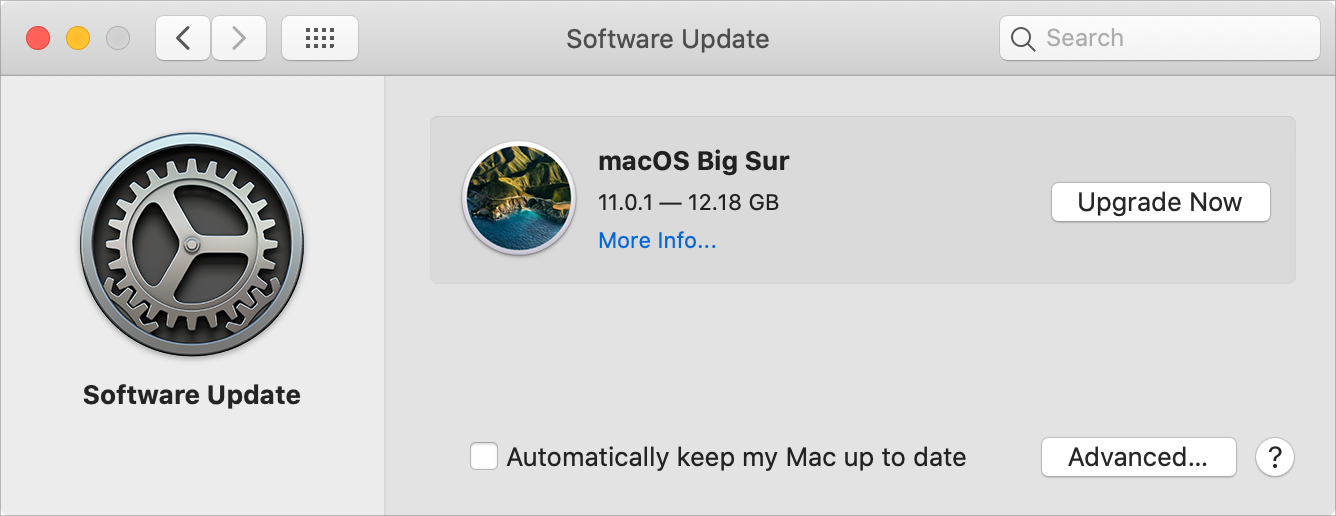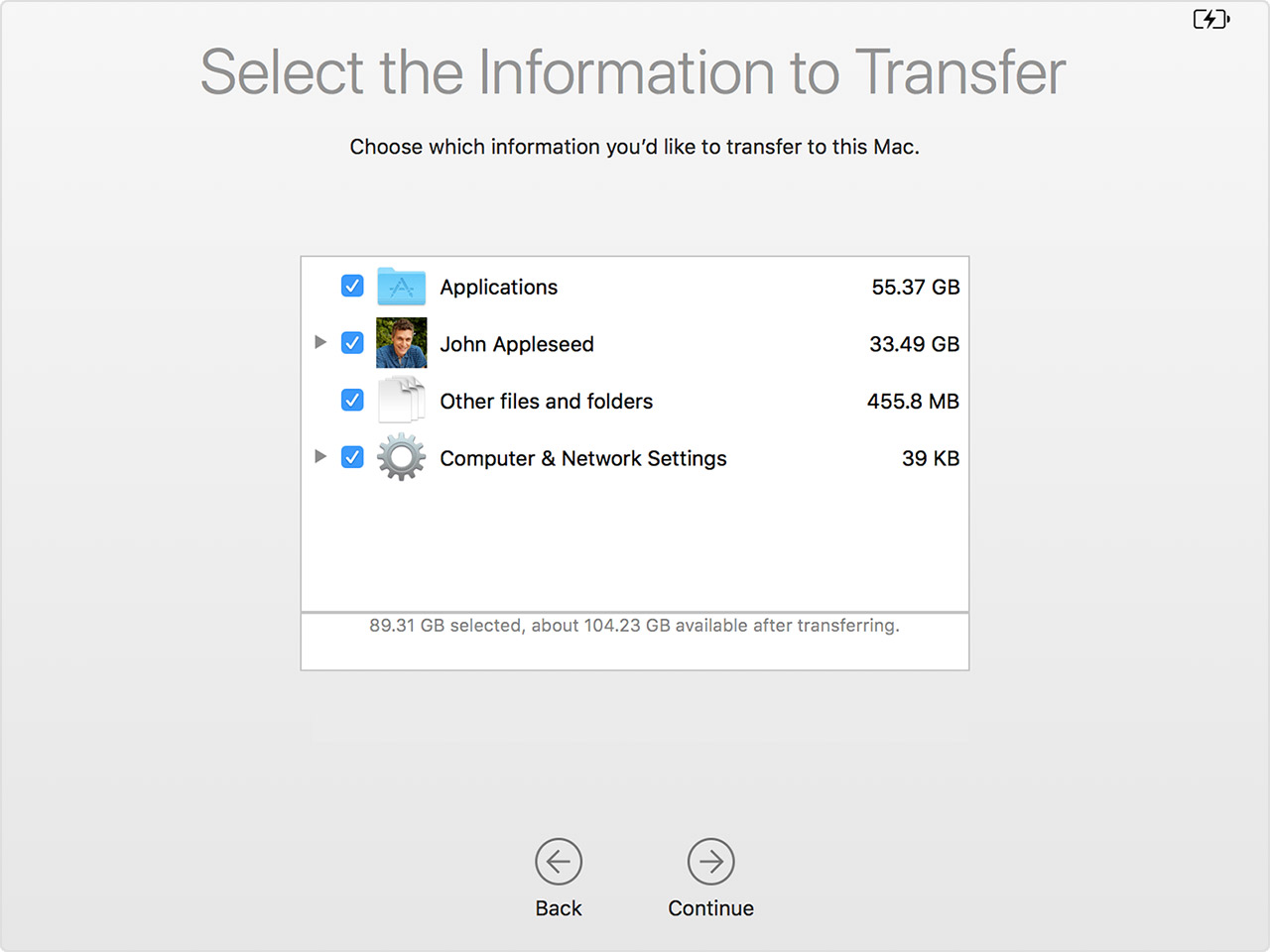Although Apple has recently documented the M1 Mac’s four boot modes – macOS, Recovery OS (rOS), Fallback rOS (FrOS) and Safe mode – there’s at least one other, Boot Recovery Assistant.
I’ve encountered this not infrequently now when trying to boot my M1 Macs into Fallback Recovery (FrOS). Sometimes, but not always, instead of the Mac starting up into FrOS or normal Recovery OS, it prompts you to authenticate with your password to “verify startup disk”, offering just your single short username. This is frustrating, as no matter what password you enter, it invariably responds that it’s “Unable to verify startup disk”.
Install Disk Creator turns a USB stick or other media into a bootable macOS installer. This is useful for doing a clean install (which is recommendable to do every 6 months or so), or for keeping a reusable installer handy to use on other machines. The HD partitions were totally wiped, so there's no access to the normal recovery tools you'd use to reinstall OS X. I'd like to get OS X back on said laptop, but I can't find a way to do this as I can't find any installation media images and the other tools (such as the OS X Recovery Disk Assistant) require access to another Mac. That position is now original size minus container disk size leaving me with less available space than the first time I created a bootcamp partition. Edit: I am trying to upload a picture right now, but it's not working. Bootcamp Assistant shows I have a max of 104gb I can assign to windows. This 104gb leaves a 289gb partition (8gb free) for MacOS.
Os X Recovery Disk Assistant Catalina
Although it offers to try again, to make any progress you need to click on the Startup Disk… button, select your startup disk from the list of one, click Unlock… and authenticate to unlock that disk, then Restart… If you prefer, once you’ve unlocked the disk you can choose to shut down using its menu instead.


Os X Recovery Disk Assistant Catalina Free
This is most likely to occur when you’re trying to boot in FrOS, by double-pressing the Power button and holding the second press until it informs you that recovery options are loading. My interpretation is that the Mac is getting the signal to boot into FrOS, but is unable to find a suitable BootPolicy for the disk image containing FrOS to be loaded. As it can’t then verify the startup disk, it enters Boot Recovery Assistant, where the user is also unable to provide suitable authentication. The only feasible options are to restart from the normal boot volume, or shut down.
This might appear more useful when the M1 Mac has a choice of bootable disks, when a bootable external disk is connected. So far, though, I’ve been unable to trigger Boot Recovery Assistant when I’ve had a bootable external disk connected to that Mac, so I can’t say whether that might apply.

If you want to use 1 True Recovery to change to or from using a bootable external disk, use its Startup Manager. Press and hold the Power button until the display shows Loading Startup Options, then release it. This takes you to the Startup Options screen. Wait until all bootable disks have loaded into the list, select the disk you want to boot from, then click Continue underneath it.
You can also make that disk the default boot disk by holding the Option key when you’ve selected the boot disk. That should change the button under the disk icon to read Always Use. You can also, of course, use the Startup Disk pane when booted normally.
How To Open Recovery Disk Assistant Mac
Whether you are trying to fix a stubborn problem, repair/erase a hard disk, or reinstall the latest macOS version, macOS recovery (launched in 2010 with OS X 10.7 Lion) is the right way to go. While this official troubleshooter works well most of the time, it has had its fair share of issues.